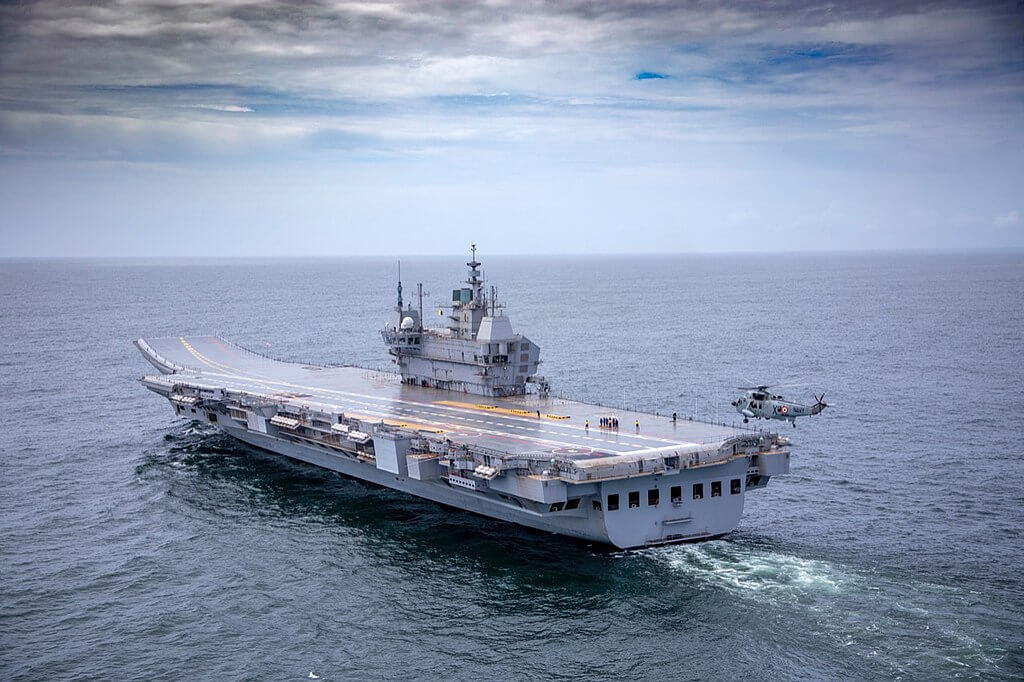SOURCE: RAUNAK KUNDE / NEWS BEAT / IDRW.ORG

The Indian Navy, in collaboration with Cochin Shipyard Limited (CSL), is moving forward with plans to develop its second Indigenous Aircraft Carrier (IAC), following the successful induction of the INS Vikrant, the first indigenous aircraft carrier (IAC-1). The new carrier, which is still awaiting clearance from the Indian government, will build upon the lessons learned from the INS Vikrant while significantly increasing the indigenous content in its construction.
The INS Vikrant, which was commissioned into the Indian Navy in September 2022, was a major milestone for India’s naval ambitions. With an indigenous content of approximately 76%, the vessel set a precedent for future indigenously developed ships. However, the Indian Navy and CSL are now aiming for a significant improvement in the indigenous content of the second aircraft carrier. The goal is to increase the content to over 85%, with the ultimate aim of achieving 90% in stages, as part of the government’s “Make in India” initiative.
An official involved in the project spoke to idrw.org, stating that efforts are currently underway to collaborate with local vendors to source materials, components, and technologies that will increase the level of indigenous production. This push for higher indigenous content is not just about self-reliance but also about boosting India’s defence manufacturing ecosystem, creating jobs, and reducing reliance on foreign suppliers.
The second aircraft carrier will feature several technological advancements, including replacing older systems deemed near obsolescence. The feedback and operational experiences from the INS Vikrant will be taken into account to enhance the design and performance of the new ship. The improvements will also address evolving technological needs, including provisions for the future integration of MALE (Medium Altitude Long Endurance) and HALE (High Altitude Long Endurance) Unmanned Aerial Vehicles (UAVs).
A key aspect of the second aircraft carrier will be its ability to accommodate a wider array of aviation assets. The Indian Navy has been actively working to integrate UAVs into its operations, and the new aircraft carrier is expected to feature modifications that will allow it to operate MALE/HALE UAVs alongside conventional fighter jets like the MiG-29K and Navy-LCA.
While the second aircraft carrier is in the planning and design phase, it awaits formal clearance from the Indian government. The clearance process involves a detailed evaluation of the technical, strategic, and economic aspects of the project. Once the project receives official approval, the construction of the vessel will commence at Cochin Shipyard, leveraging the experience gained from building the INS Vikrant.
NOTE : Article cannot be reproduced without written permission of idrw.org in any form even for YouTube Videos to avoid Copy right strikes. Websites doing illegal reproductions will get DMCA and Legal Notices.